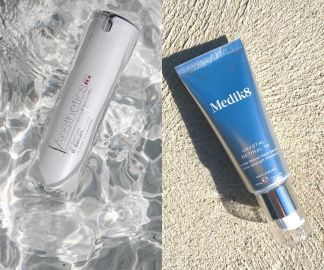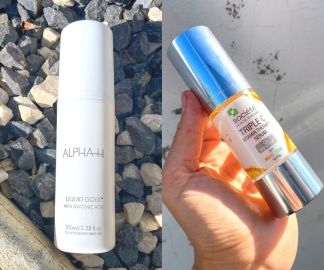I’ve had to re-learn the lesson of ‘less is more’ a few times in my life.
How much is too much at all-you-can-eat food buffets. The maximum cups of coffee one can safely consume in a day. But also, with the number of skincare products I put on my face.
Why? Because when it comes to skin care, it’s easy to go overboard. And by overboard, I mean trying to fit all of the exciting skincare products like retinol and vitamin C and AHAs in one routine.
Skin often prefers the less is more approach - even more so when using products that contain active ingredients.
While too many actives may not necessarily be a bad thing, I know from being a skin therapist that the types of active products being used together and how often can be problematic for your face.
So, here's a recap of why it's not a great idea to use all the active ingredient skincare products at once, plus which active ingredients you can apply together for glowing skin.
What Are Actives in Skin Care?
The term ‘active ingredient’ gets over-hyped in the skincare world, but what does it mean? It refers to ingredients in your products that ‘actively’ target a specific concern such as ageing, pigmentation, congestion etc.
Countries around the world regulate active ingredients differently (in Australia, they're regulated by the TGA or Therapeutic Goods Administration) but here's a brief list of active ingredients commonly found in skin care:
Vitamin A/retinoids
Vitamin C
Niacinamide
Hyaluronic Acid
Alpha hydroxy acids (AHAs) and beta hydroxy acids (BHAs)
Side note - Joanna explains everything you need to know about AHAs in this YouTube video below!







